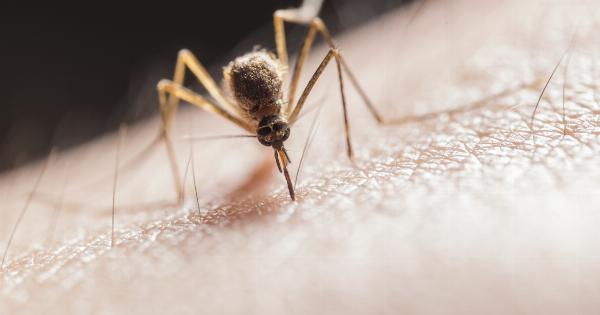The Iberian Peninsula, located in Southern Europe, is known for its rich history and beautiful scenery. However, it is also the location where many diseases first appeared and spread.
In this article, we will look at the first two carriers of disease in the Iberian Peninsula and their impact on the region.
The Mosquito: The First Carrier
The first carrier of disease in the Iberian Peninsula was the mosquito. Specifically, it was the yellow fever mosquito (Aedes aegypti) that brought yellow fever to the region in the 19th century.
The mosquito is believed to have arrived in ships from the Americas, where yellow fever was already prevalent.
Yellow fever is a viral disease that is transmitted by the mosquito. Symptoms include fever, chills, headache, backache, and muscle aches. In severe cases, yellow fever can cause jaundice, internal bleeding, and organ failure.
It has a high mortality rate, with up to 50% of severe cases resulting in death.
Yellow fever quickly spread throughout the Iberian Peninsula, with outbreaks occurring in cities such as Barcelona, Valencia, and Lisbon.
The disease was particularly devastating in the southern regions of Spain and Portugal, where the climate was ideal for mosquito breeding. It is estimated that yellow fever may have killed up to 100,000 people in the Iberian Peninsula during the 19th century.
The Rat: The Second Carrier
The second carrier of disease in the Iberian Peninsula was the rat. Specifically, it was the black rat (Rattus rattus) that brought the bubonic plague to the region in the 14th century.
The rat is believed to have arrived in ships from Asia, where the bubonic plague was already prevalent.
The bubonic plague is a bacterial disease that is transmitted by fleas that live on rats. Symptoms include fever, chills, weakness, and swollen lymph nodes. In severe cases, the disease can cause septicemia, shock, and organ failure.
It has a high mortality rate, with up to 60% of untreated cases resulting in death.
The bubonic plague quickly spread throughout the Iberian Peninsula, with outbreaks occurring in cities such as Barcelona, Valencia, and Lisbon. The disease was particularly devastating in the crowded and unsanitary conditions of medieval cities.
It is estimated that the bubonic plague may have killed up to one third of the population of the Iberian Peninsula during the 14th century.
The Impact on the Iberian Peninsula
The impact of these two diseases on the Iberian Peninsula was significant. In addition to the loss of human life, both diseases had economic and social impacts on the region.
Yellow fever, for example, caused a decline in trade and tourism, as people were afraid to visit the affected areas. The bubonic plague, on the other hand, caused a decline in agriculture and industry, as many workers died or fled the affected areas.
In response to these diseases, the governments of the Iberian Peninsula implemented various measures to control and prevent the spread of disease. Quarantine measures were introduced, and efforts were made to improve hygiene and sanitation.
In the case of yellow fever, the mosquito was identified as the carrier of the disease, leading to efforts to control mosquito populations.
Conclusion
The first two carriers of disease in the Iberian Peninsula, the mosquito and the rat, had a significant impact on the region. Yellow fever and the bubonic plague caused the loss of many lives and had economic and social impacts on the region.
However, efforts to control and prevent the spread of disease led to advancements in hygiene and sanitation measures that have had lasting positive effects on the region.





























